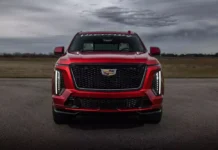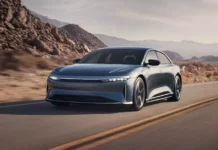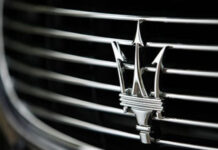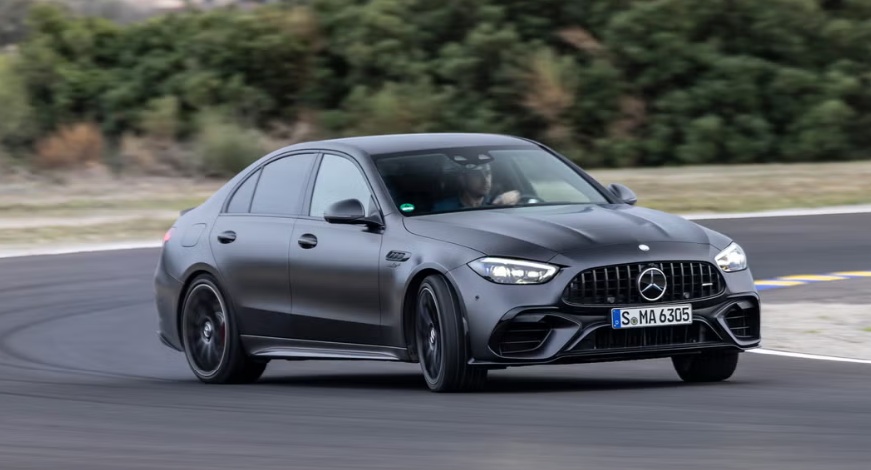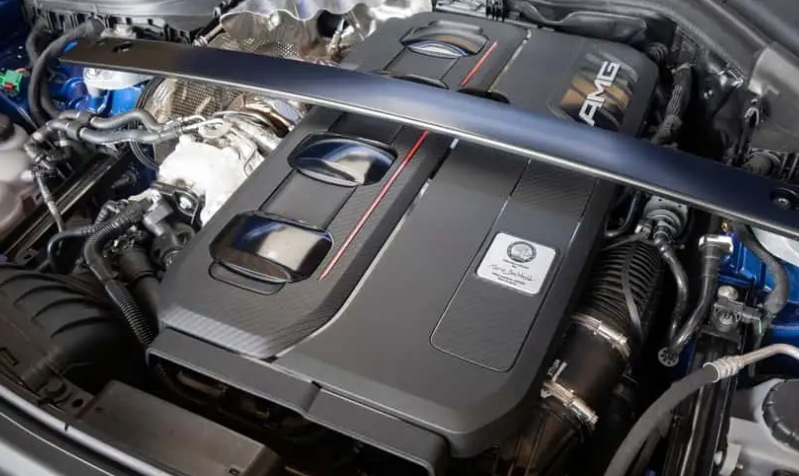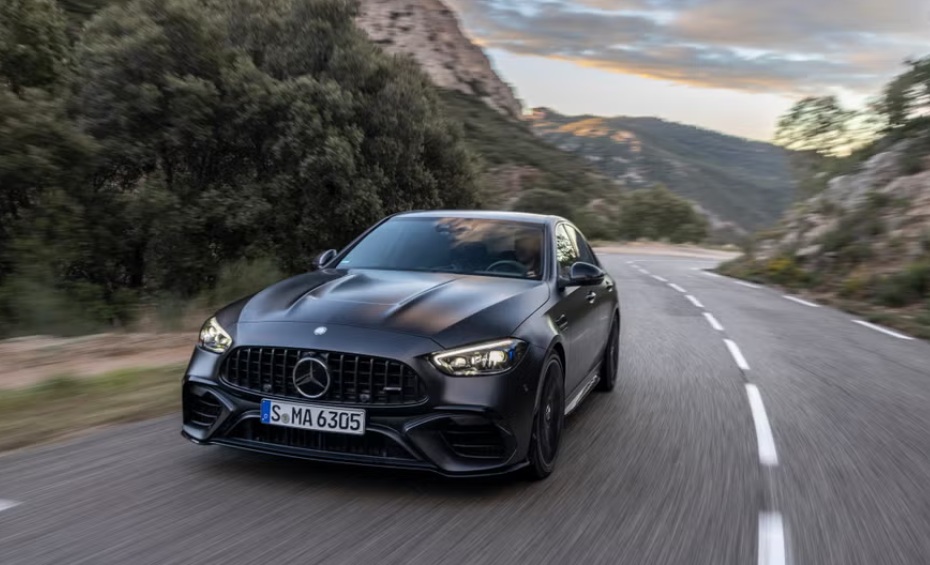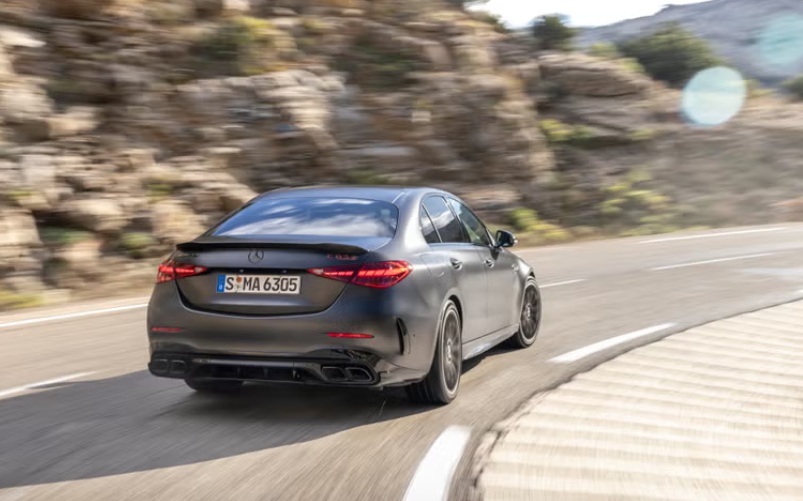Mercedes-AMG is gearing up for the return of the V8, but it can’t quite shake off the ‘ghost of the past’ that is the C63 4-cylinder hybrid.
A recent admission by an anonymous senior figure at Mercedes-AMG confirmed that the plug-in hybrid 2.0L engine, which was supposed to replace the V8 in the C63, failed to resonate with traditional customers
.
This is a rare instance of AMG publicly acknowledging a product misstep, as the CEO had previously defended this choice as very progressive
and worthy of acceptance. However, the market has shown otherwise.
Known by the code name M139l, this longitudinally mounted 2.0L turbocharged engine is one of the most complex powertrains ever to feature in a production car. It has found its way not only into the C63 and GLC63 but also into sports cars like the SL43 and GT43.
Despite its undeniable technical potential
, the cost of upgrading this engine to meet Euro 7 emissions standards is prohibitively high
. This makes the M139l engine unlikely to have a long lifespan and will likely be discontinued in the near future.
But here’s the bigger surprise: the main reason for AMG’s initial departure from V8 engines was to comply with European emissions regulations. Now, however, the new 4-cylinder hybrid engine faces its own cost hurdle with the upcoming Euro 7 standards.
In response to market feedback, Mercedes-AMG is adjusting its product strategy. The company has confirmed that it is developing a new V8 engine while also expanding its I6 engine lineup, specifically an upgraded version of the M256M 3.0L mild-hybrid currently used in the E53 and CLE53.
This marks a complete reversal from AMG’s previous direction, which had hoped that customers would embrace AMG 4-cylinder cars as they do their smartphones
, according to Jaime Cohen, CEO of Mercedes-Benz Australia.
Future AMG models may now feature larger engines with moderate electrification (mild-hybrid or plug-in hybrid) instead of relying solely on small-engine hybrid technology.
The future of the Mercedes-AMG C63 remains uncertain. Theoretically, there are no plans to produce a V8 version of the current generation. However, rumors suggest that the C63 and C43 could be discontinued earlier than expected, replaced by a C53 model powered by an I6 mild-hybrid engine—a configuration familiar to AMG’s performance-oriented customers over the past decade.
Some argue that if Mercedes-AMG had named the new model the C53 instead of retaining the C63 moniker associated with the V8 tradition, the backlash from the community might have been less intense. The use of a name that implies continuity while making a drastic switch from V8 to 4-cylinder plug-in hybrid is seen as a factor that led to mismatched expectations.
Compared to its direct rival, the BMW M3, the current AMG C63 is at a clear disadvantage in terms of brand image and technical specifications. BMW has stuck with its I6 turbocharged engine, offers a manual transmission option, and has not embraced electrification as aggressively, all while pricing their car significantly lower than the C63.
The big lesson for Mercedes-AMG may not be about technology but about understanding the expectations of its loyal customer base. By choosing to be ahead of the curve with a complex electrified powertrain and a small engine instead of the traditional, emotive mechanical configurations, AMG has inadvertently distanced one of its iconic models from the very community that cherished and advocated for the brand.
“The Unveiling of the Mercedes-AMG GT XX Concept: A Boldly Designed, All-Electric Super Sedan with an Astonishing 1,340 Horsepower.”
Recently, Mercedes-AMG unveiled its visionary GT XX Concept, a stunning showcase of automotive innovation and design. This concept car embodies the future of performance driving, blending cutting-edge technology with an exquisite aesthetic. With the GT XX, Mercedes-AMG pushes the boundaries of what’s possible, offering a glimpse into a thrilling driving experience that’s both dynamic and luxurious.







